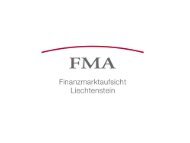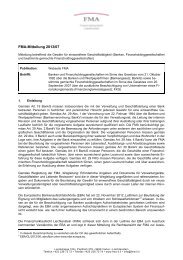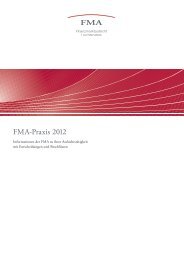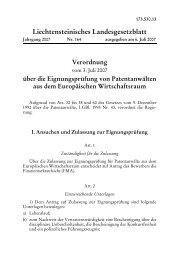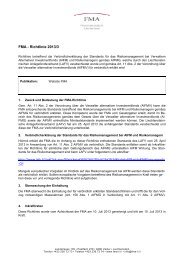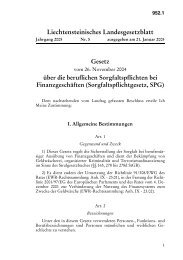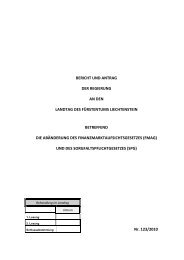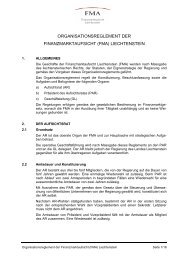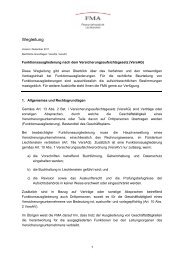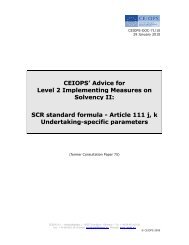CEIOPS' Advice for Level 2 Implementing ... - EIOPA - Europa
CEIOPS' Advice for Level 2 Implementing ... - EIOPA - Europa
CEIOPS' Advice for Level 2 Implementing ... - EIOPA - Europa
Create successful ePaper yourself
Turn your PDF publications into a flip-book with our unique Google optimized e-Paper software.
• with respect to the provisions <strong>for</strong> claims outstanding, to distinguish<br />
between the accident years not finally developed and – if the<br />
necessary data is available and of sufficient quality – to distinguish<br />
further between provisions <strong>for</strong> RBNS-claims and IBNR-claims,<br />
respectively.<br />
3.409 A further refinement that may need to be applied when stipulating the<br />
Gross-to-Net techniques would be to take into account the type of<br />
reinsurance cover and especially the relevant (i.e. most important)<br />
characteristics of this cover.<br />
3.410 Below, the technical options being available to carry out Gross-to-Net<br />
valuations at a more granular level are analysed in more detail.<br />
3.411 When applying such refinements, the following general considerations<br />
should be made:<br />
• Whereas increasing the granularity of Gross-to-Net techniques will<br />
generally lead to a more risk-sensitive measurement, it will also<br />
increase their complexity, potentially leading to additional implementation<br />
costs <strong>for</strong> the undertaking. There<strong>for</strong>e, following the principle<br />
of proportionality, a more granular approach should only be chosen<br />
where this is necessary regarding the nature, scale and complexity of<br />
the underlying risks (and in particular the corresponding reinsurance<br />
program).<br />
• For certain kinds of reinsurance covers (e.g. in cases where the cover<br />
extends across several lines of business, so that it is difficult to<br />
allocate the effect of the reinsurance risk mitigation to individual lines<br />
of business or even homogeneous groups of risk, or where the cover<br />
is only with respect to certain perils of a LOB), increasing the<br />
granularity of Gross-to-Net techniques as described below will not<br />
suffice to derive an adequate determination of provisions net of<br />
reinsurance. In such cases, individual approaches tailored to the<br />
specific reinsurance cover in question would need to be used.<br />
• As an alternative to Gross-to-Net calculations, it may be<br />
contemplated to use a direct calculation of net provisions based on<br />
triangular claims data on a net basis. However, it should be noted<br />
that such a technique would generally require adjustments of the<br />
underlying data triangle in order to take into account changes in the<br />
reinsurance program over time, and there<strong>for</strong>e would generally be<br />
rather resource intensive. Also, an application of such “direct”<br />
techniques may not yield a better quality valuation than an<br />
application of more granular Gross-to-Net techniques as discussed<br />
below.<br />
3.4.4. Distinguishing between lines of business<br />
3.412 There are several reasons <strong>for</strong> distinguishing between lines of business<br />
when stipulating Gross-to-Net techniques:<br />
• An insurance undertaking’s reinsurance programme may differ<br />
substantially between lines of business (where the undertaking is<br />
operating).<br />
84/112<br />
© CEIOPS 2010



